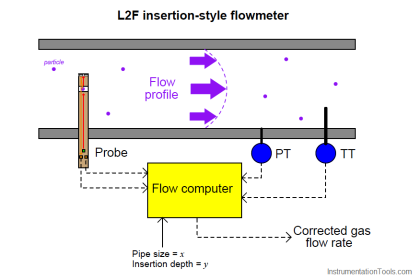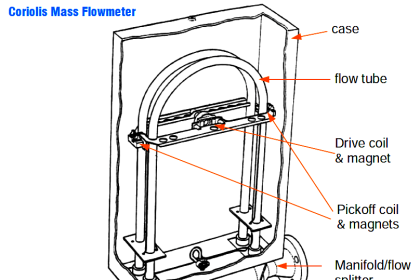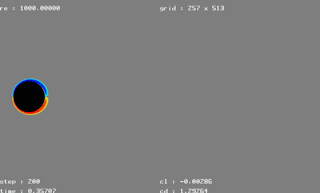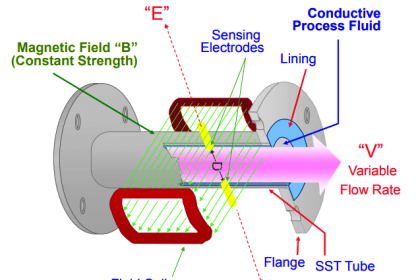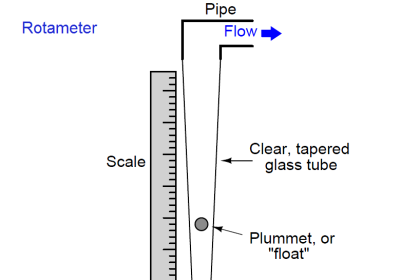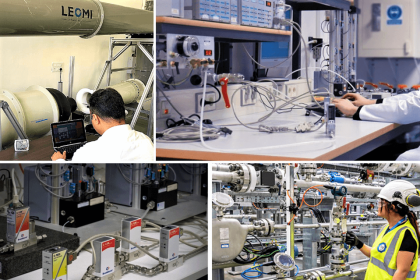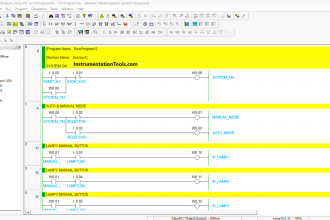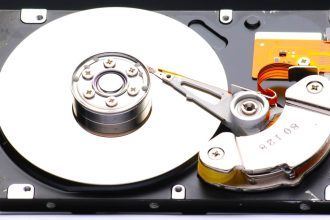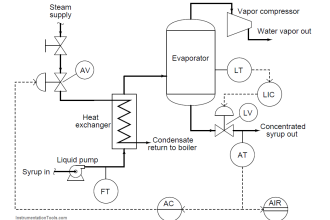Every flow-measuring devices exploits a physical principle to measure the flow rate of fluid stream.
Understanding each of these principles as they apply to different flow-measurement technologies is the first and most important step in properly applying a suitable technology to the measurement of a particular process stream flow rate.
Flow Measurement Technologies
Here are some of the widely used flow measurement technologies:
Differential Pressure Flow Meters: Utilize pressure differences across restrictions in a flow path to measure the flow rate.
Turbine Flow Meters: Measure the flow rate of a fluid by the rotational speed of a turbine blade placed in the flow stream.
Magnetic Flow Meters: Use Faraday’s Law of electromagnetic induction to measure the flow rate of conductive fluids.
Ultrasonic Flow Meters: Utilize sound waves to determine the velocity of a fluid flowing in a pipe, often using the transit-time or Doppler effect method.
Vortex Flow Meters: Measure flow rate based on the vortices shed by a bluff body placed in the flow path.
Coriolis Flow Meters: Use the Coriolis effect to measure mass flow and density of a fluid.
Thermal Mass Flow Meters: Measure the flow rate based on the thermal properties of the fluid and the cooling effect on a heated sensor.
Positive Displacement Flow Meters: Measure the flow rate by capturing a fixed volume of fluid in a chamber and counting the number of times the chamber is filled and emptied.
Venturi Flow Meters: A specific type of differential pressure meter with a designed constriction (Venturi) in the flow path.
Orifice Plate Flow Meters: Another differential pressure meter type, utilizing a plate with a hole placed in the flow stream.
Rotameter (Variable Area Flow Meters): Use a float in a tapered tube to measure flow rate, with the float position indicating flow on a scale.
Oval Gear Flow Meters: A type of positive displacement meter, using oval-shaped gears to measure flow.
These technologies have different operating principles and are suitable for various applications depending on factors such as fluid type, required accuracy, flow rate, and installation considerations.
Flow Sensors Operating Principles
The following table lists the specific operating principles exploited by different flow measurement technologies:
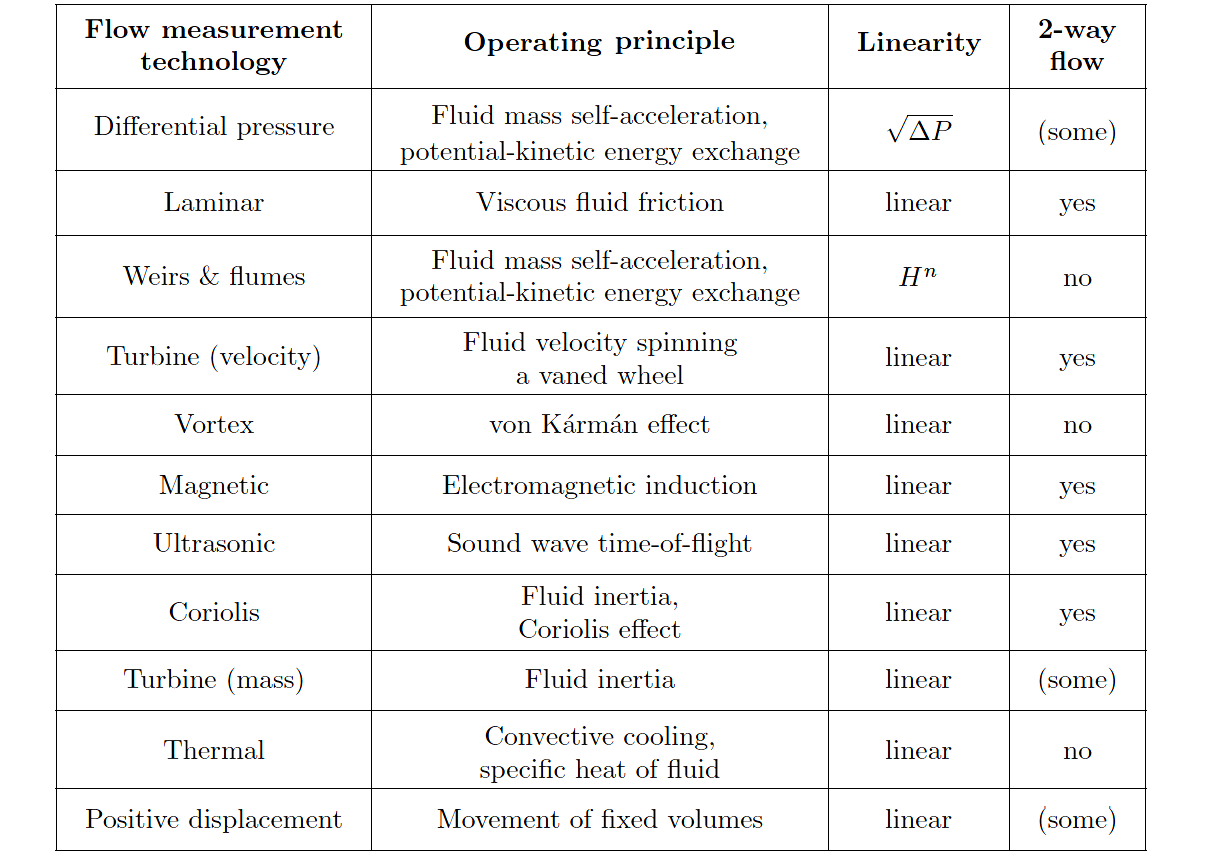
A potentially important factor in choosing an appropriate flowmeter technology is energy loss caused by pressure drop. Some flowmeter designs, such as the common orifice plate, are inexpensive to install but carry a high price in terms of the energy lost in permanent pressure drop (the total, non-recoverable loss in pressure from the inlet of the device to the outlet, not the temporary pressure difference between inlet and vena contracta).
Energy costs money, and so industrial facilities would be wise to consider the long-term cost of a flowmeter before settling on the one that is cheapest to install. It could very well be, for example, that an expensive venturi tube will cost less after years of operation than a cheap orifice plate.
In this regard, certain flowmeters stand above the rest: those with obstructionless flowtubes. Magnetic and ultrasonic flowmeters have no obstructions whatsoever in the path of the flow.
This translates to (nearly) zero permanent pressure loss along the length of the tube, and therefore. Thermal mass and straight-tube Coriolis flowmeters are nearly obstructionless, while vortex and turbine meters are only slightly worse.
If you liked this article, then please subscribe to our YouTube Channel for Instrumentation, Electrical, PLC, and SCADA video tutorials.
You can also follow us on Facebook and Twitter to receive daily updates.
Read Next:
- Pressure & Temperature Compensation
- Turbine Flow Meter Installation
- Interface Level Measurement
- Different Types of Flow Devices
- Advantages of Diaphragm Seal
